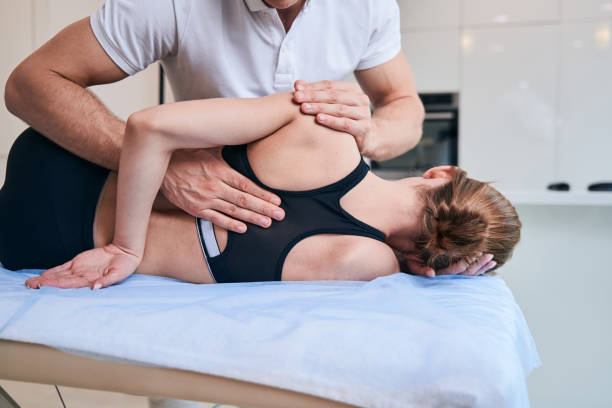
Physiotherapy and Pilates are becoming increasingly popular in Western countries. These techniques are practiced by celebrities, athletes, and people with musculoskeletal problems. The method is taught in hospitals and gyms around the world, and has been proven to be beneficial to millions of people. However, it is not widely known how Pilates can help individuals with a variety of health problems.
Pilates-based exercises can help individuals with various types of injuries improve their overall strength, flexibility, and movement coordination. In addition to helping patients with physical conditions, these exercises also help them improve their quality of life by helping them avoid or reduce pain. Pilates is particularly effective in rehab exercises, which are often neglected by traditional physiotherapy methods.
Pilates is a great way to maintain a healthy pelvic floor during pregnancy or after giving birth. Pilates sessions can help a woman prepare for birth and ensure a pain-free body. The exercises can also help a woman recover from the birth and regain strength and range of motion after giving birth. For this reason, Pilates and physiotherapy are crucial for prenatal and postnatal women.
Pilates Bendigo helps to strengthen the muscles and bones in the back, which can aid recovery from injuries. It also facilitates the circulation of nutrients to the cartilage and muscles. Ultimately, Pilates improves the movement patterns in the back, making it easier to achieve better posture and reduce the risks of further injury. A patient can use physiotherapy and Pilates to improve their posture and reduce back pain.
Pilates is not for everyone. It is important to choose the right level and type of Pilates exercises. For example, if a person has back pain, routine pilates may be too much of a challenge for them. Instead of improving their back pain, they may experience muscle spasms in global muscles. Therefore, a Physio Bendigo will conduct a full range of movement and muscle strength test before beginning any pilates exercises.
Physiotherapy and Pilates combine the use of progressive resistance and movement to help the body recover its optimal function. Pilates exercises promote the development of core strength, posture, balance, and mobility. This is an important benefit to anyone suffering from an injury or chronic disease. Combined, physiotherapy and Pilates can also be helpful to a person who is recovering from a sports injury.
Pilates and physiotherapy have many similarities. Pilates has been used for decades by athletes and people with neurological and muscular problems. Physiotherapists often adapt Pilates techniques to help their patients recover from an injury. A physiotherapist who has been practicing for over a decade has extensive experience and has specialized in the field.
Pilates is a form of physical therapy that focuses on improving posture, strengthening weak muscle groups, and preventing further injury. Research has shown that posture plays a major role in injury resistance, flexibility, and balance. Pilates can also be helpful for those with neck and back pains.







